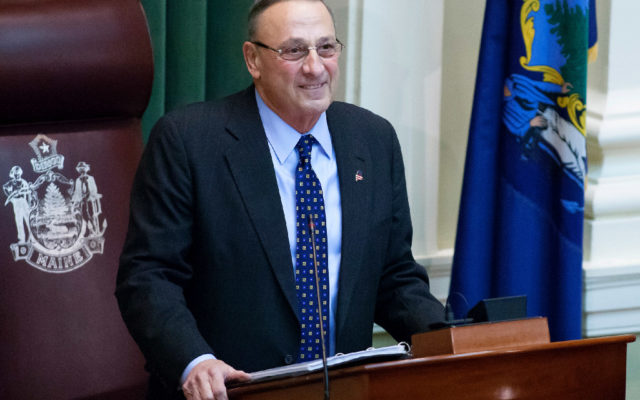
Maine school districts need to regionalize services to cut costs
Democrats say they want to reduce property taxes. But they don’t have the courage to actually do it.
You can’t talk about reducing property taxes without addressing state funding for education. Education costs are a major driver of local property taxes.
Democrats keep telling people that my administration has cut education funding. That is absolutely not true. State funding has increased every year since I have been Governor.
The real problem is that student enrollment is plummeting as costs keep climbing. Since I became Governor in 2011, Maine has 10,000 fewer students, but we are still spending over $100 million more a year.
We are very top heavy in school administration. We simply do not need 148 superintendents for 177,000 students. We could do with one for each county.
Special education is another major factor driving up costs. Small districts do not have the resources to provide services to special education students. So they pay hundreds of thousands of dollars to send these students out of the district or out of state.
We can lower costs by regionalizing services. These efforts are already working. Dr. Betsy Webb, superintendent in Bangor, works with the Southern Penobscot Region to serve special needs students with far less money.
It saved the Bangor school district over $1 million a year.
The state is now paying upfront costs of regionalization through its new program called “EMBRACE.” Education Commissioner Bob Hasson is introducing a plan that will let communities create 9 to 12 regional centers.
Services such as payroll, transportation, nutrition and professional development can be provided regionally at a lower cost.
Local school districts can still choose to go it alone. They can keep all their superintendents and provide all services locally. But local taxpayers should pay for it, not the state.
By using regional services, the state can put more money directly into the classroom. Maine only spends 59 cents of every dollar in the classroom, which is below the national average. With regionalization, we can get it to 70 cents per dollar.
DOE offered $3 million in grants for schools to achieve educational opportunities and efficiencies. In only six weeks, DOE got 21 applications to deliver nearly $40 million in savings over the next five years.
So far, DOE has awarded over $2.6 million, which is going to save about $17 million over the next five years. Some superintendents get it—they know that by taking money out of administration and non-instruction activities, we can put more in the classroom.
In the Saint John Valley, three superintendents are working to combine their school districts. Two of them know they are working themselves out of a job.
But they are excited because it will mean better opportunities for their students. And that’s what it’s all about.
Paul R. LePage is the second-term Republican governor of Maine.